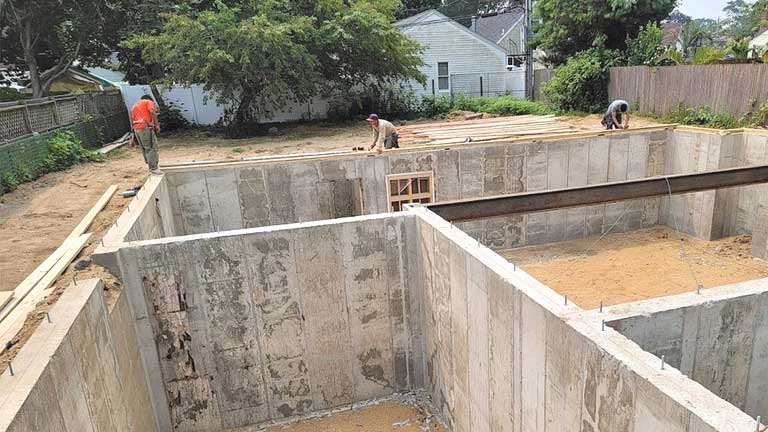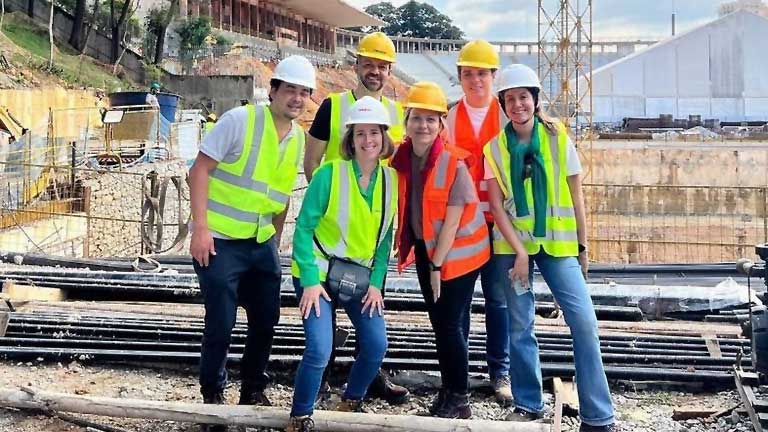
Building expansion joint systems are frequently used when making large-scale concrete structures (walls, slabs). Their role is to prevent the concrete from cracking under the effect of temperature variations. In this article, you will learn some interesting facts about the application of building expansion joint systems!
Building expansion joint systems are particularly important when it comes to concrete work. There are different types of joints, such as:
The construction joint: this allows two concretes of different ages to be isolated.
The isolation joint: this is used to separate the slab from any obstacle that may hinder its free movement (post, utility hole, door sill, wall, etc.).
The shrinkage joint: this allows the free shrinkage of the concrete (natural and inevitable contraction of the concrete linked to the progressive hydration of the cement). It is carried out by saw cuts or by placing a PVC profile seal before casting.
The expansion joint allows concrete to expand and contract freely under the effect of temperature variations with the seasons – the expansion joint is often confused with the shrinkage joint in common parlance. However, these two types of joints have very different functions.
Why does concrete work often need building expansion joint systems?
Concrete, like all materials, reacts to changes in temperature by expanding or contracting. The induced length variations do not pose a problem on structures of reduced dimensions. However, once the structure’s dimensions become large enough (slab or wall of several tens of metres), these deformations become significant. They will induce stresses in the structure which can lead to its cracking if the concrete decompression is not provided for by an expansion joint.
The expansion joint will then absorb the concrete’s deformations under the effect of temperature variations and prevent cracking of the concrete. For maintenance, concrete scanning will be helpful to determine inner problems during installation. It lessens the time needed for drilling on an unnecessary repair.
When are building expansion joint systems appropriate?
Any concrete structure does not necessarily need expansion joints. The installation of concrete expansion joints to avoid cracks is to be expected in the case of slabs or walls whose length typically exceeds 30 metres.
In single-family homes, expansion joints are generally unnecessary (no need for an expansion joint for a terraced house). On the other hand, on very long structures (e.g; buildings, pavements, roads, plazas, car parks), expansion joints should be installed.
An expansion joint is also made when constructing two adjoining buildings. The masonry of the new construction must then be prevented from pushing the old construction under the action of expansion. To avoid this, leave a space of around 4 cm between the two adjoining buildings. For an extensive range of building expansion joint systems.




